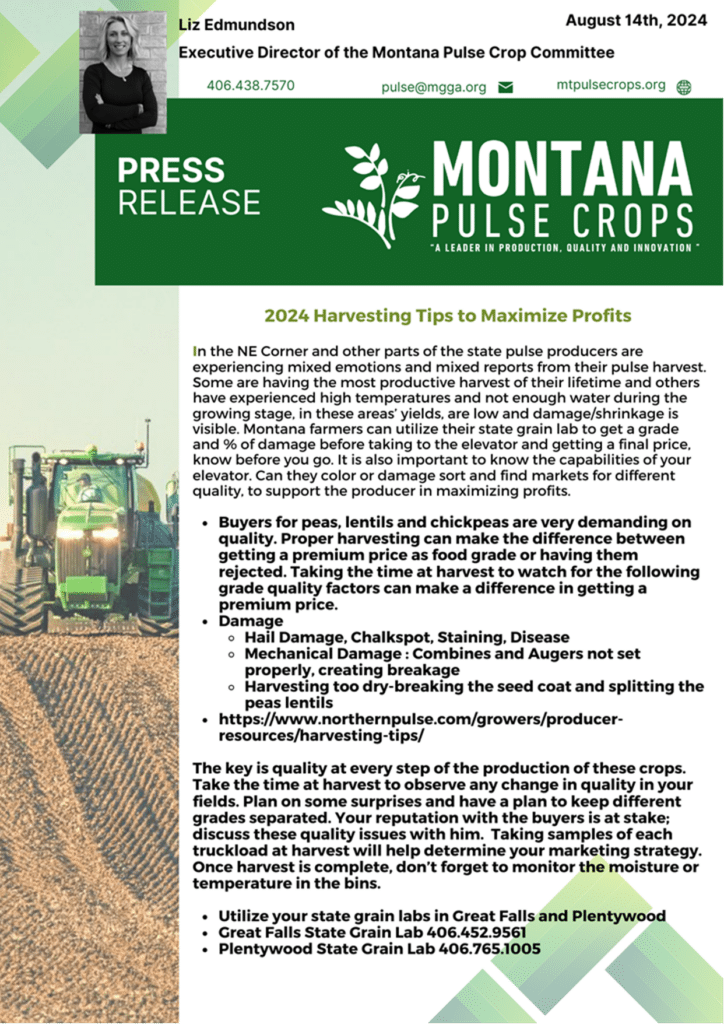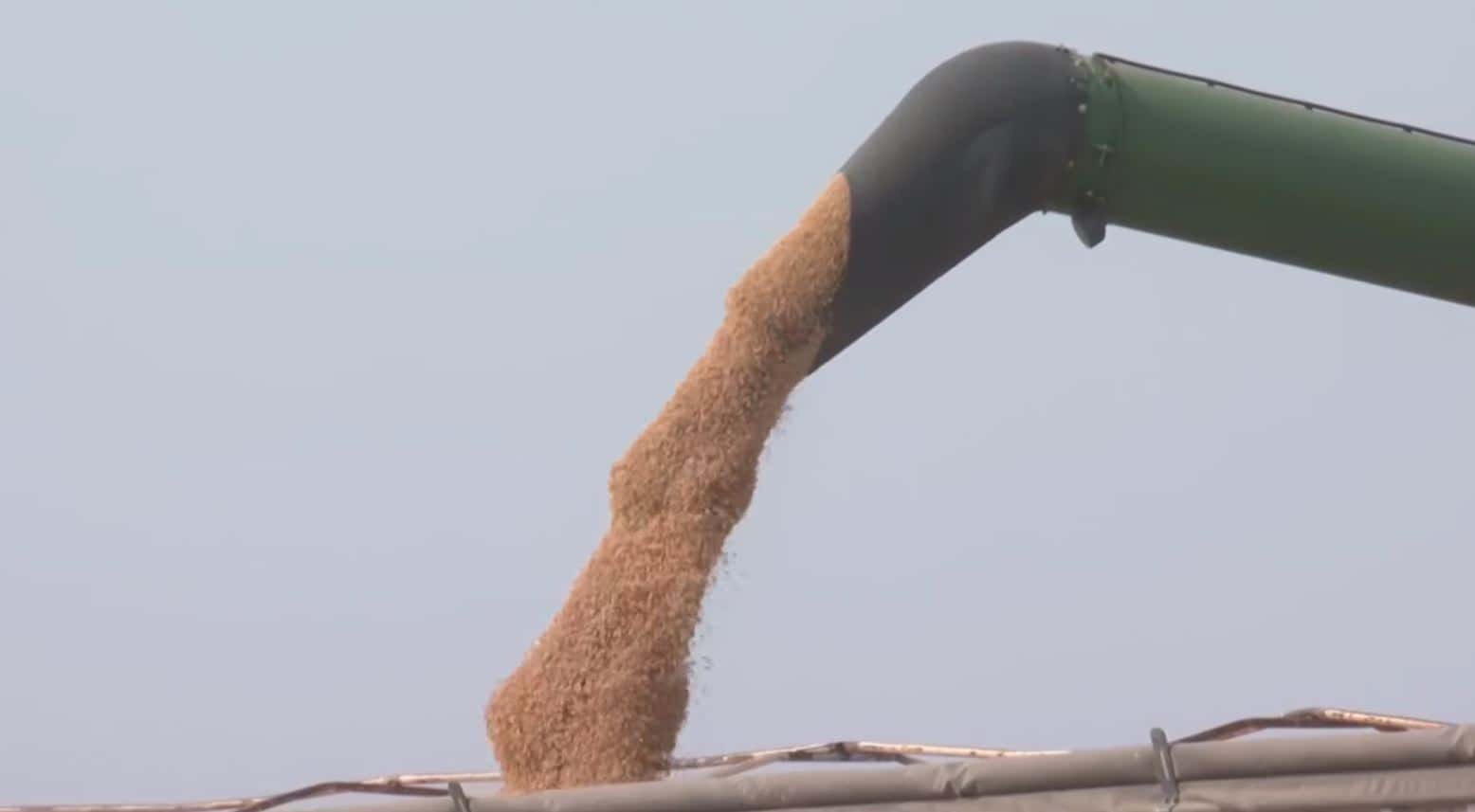In Northeastern Montana and other parts of the state, some pulse crop producers are reporting one of the most productive harvests of their lives. However, other farmers experienced hot temperatures and limited moisture at critical stages during the growing season, which has resulted in abnormally small crop sizes in addition to low yields.
Unfortunately, this has negative financial implications for growers. For example, when grain merchandizers don’t have a market for undersized lentils, that crop is classified as dockage which is a significant price decline for the grower.
However, the Montana State Grain Lab can help farmers in this situation. If they send their own samples to the lab before selling and delivering their crop to the buyer they will know the quality of what they have in the bin or the field.
Bureau Chief for the Montana State Grain Lab Tristan Bradford, says testing by the grain lab can give producers a better idea of their crop’s quality before they take it to a grain elevator. “We can give you the best, honest assessment of what you’re dealing with so you can take that to the market, whether that be an elevator or any other direct customer.”
Bradford explains what kinds of damage the state grain lab can measure in pulse crops, “We’re able to look at the dockage, things on peas and lentils you’re looking at cracked shell coats, things like wrinkling you’ll get those on lentils, we’re able to look at heat damage, bleaching – that one can be a little bit more sticky- and also insect damage, any kind of damage we can assess.”
Farmers can use this information to help them market their crops. There are a few important requirements for samples delivered to the state grain lab.
“So what we need is a clean container that holds roughly 1,000 grams of your crop,” Tristan says, “It also needs to be a representative or composite sample of your material, so don’t just grab it off the top make sure it is a good mix throughout the bin or whatever storage situation you have that in.”
The state grain lab in Great Falls and Plentywood both accept samples through the mail, find more information on the Montana department of agriculture website: https://agr.mt.gov/State-Grain-Lab
Farmers should ask grain buyers about undersized lentils. If a buyer has no market for undersized product the price discounts will be significant. If a buyer does have a market for undersized lentils. Growers may not get number one grade prices but those values will be better than dockage.
More information below from the Montana Pulse Crop Committee and the Northern Pulse Growers Association about best practices during harvest.

Harvesting tips from the Northern Pulse Growers Association: https://www.northernpulse.com/growers/producer-resources/harvesting-tips/
###
MPCC, Northern Ag Network


